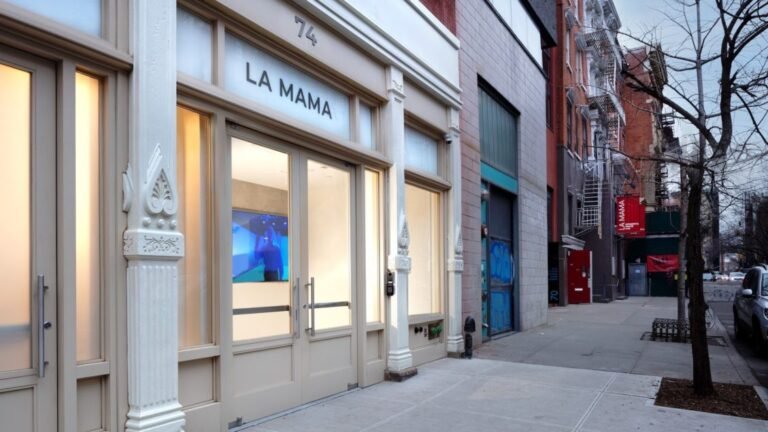The Leading LGBTQ+ Milestones in the World of Design
It’s a true paradox. The design industry was one of the first in which LGBTQ+ people claimed power and felt somewhat able to be themselves (a “safe space,” in later parlance), as they projected their vision and talent to the culture at large. For years, swaths of the industry were assigned in the public consciousness to gay men. But despite that—or, more likely, because of it—many LGBTQ+ pioneers of design still occupy a place in the shadows.
Historical documentation of LGBTQ+ lives, not to mention careers, has always been tricky. Partly because history amounts to a succession of eras in which being out wasn’t just anathema to the mainstream—it was illegal. Partly because the modern spectrum of sexual identity didn’t exist back in the day. This collection of LGBTQ+ design milestones reflects the best historical record we have of the individuals involved. Ideally, this record will grow.
As Pride Month begins, it’s enlightening to look back, so that all of us—gay, straight, bi, trans, nonbinary, questioning—have a better understanding not just of the past but of where we are today. We consider some of these events to be milestones for their artistry, some for their historical importance, and some for being a design pioneer’s most important contribution—or merely something that earned some deserved noise and visibility. And some are just damn cool.
1846: The building that would become the Stonewall Inn, flashpoint of the modern gay rights movement, rises in New York City as a pair of stables. The space will become a restaurant in 1934, a gay bar in 1967, the site of gay-rights riots in 1969, and a national landmark in 2016.
1888: Ralph Adams Cram, the foremost Gothic revivalist who is now believed to have been gay, according to author Douglas Shand-Tucci in Boston Bohemia, 1881–1900: Ralph Adams Cram: Life and Architecture, among others, opens an architecture office. He designs buildings at Princeton and West Point, establishing Gothic as the default style for generations of college campuses.

